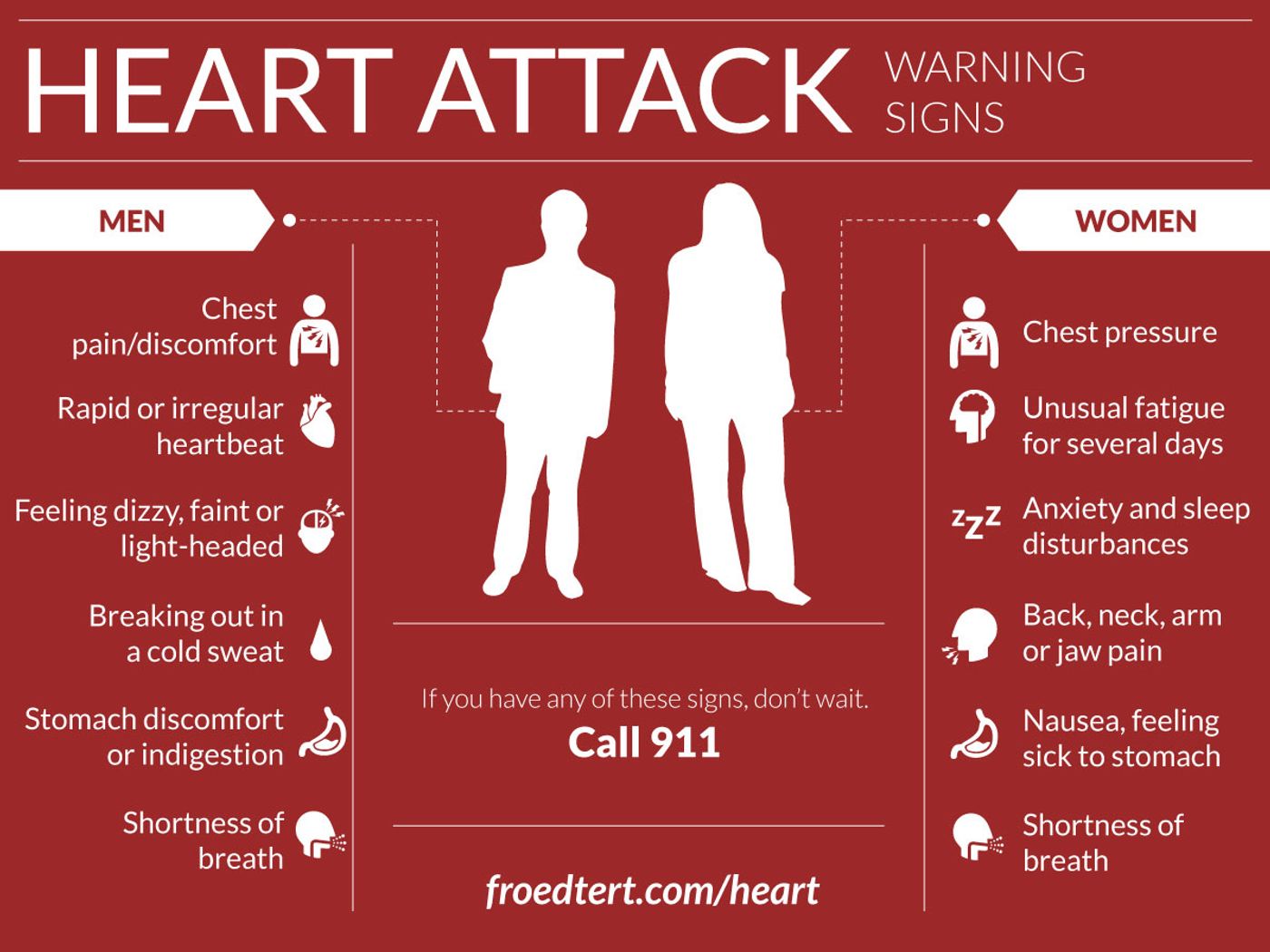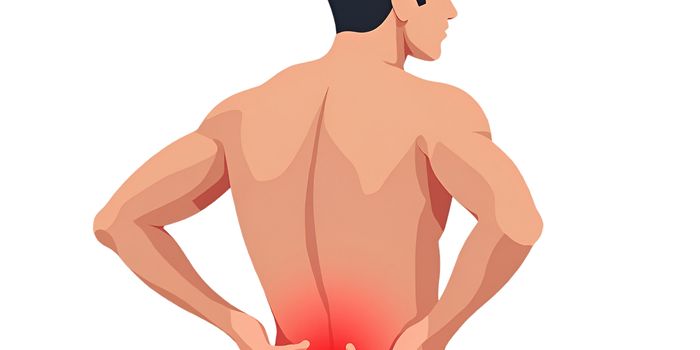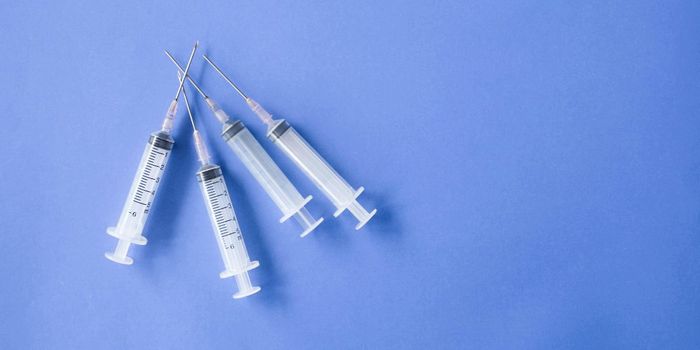Quick recognition of heart attack symptoms could make the difference between life and death for patients needing a percutaneous coronary intervention (PCI) to restore blood flow to the heart. In a new study published in
JACC: Cardiovascular Interventions, scientists from the American College of Cardiology identified the impact time has on restoring blood flow to the heart muscle.
According to the
Heart and Stroke Foundation of Canada, PCI is a non-invasive procedure to restore blood flow through vessels that were blocked or narrowed by plaque buildup. Without this procedure, heart attack patients would lack a dangerous amount of oxygen to the heart for pumping to the body tissues.
Analysis of over two thousand heart attack patients showed a promising majority of 90 percent regaining blood flow to the surface of the heart after a PCI procedure. However, one-third of the study’s patients did not regain blood flow to the heart muscle. With this information, the team looked deeper into the time it took for patients to recognize their heart attack symptoms, arrive at the hospital, and finally receive the PCI to see if longer times impacted full blood flow restoration to the heart muscle.
American College of Cardiology and American Heart Association guidelines list that a PCI should be done on a heart attack patient no more than 90 minutes after their arrival to the hospital, often called the “door-to-balloon” time. However, these guidelines cannot account for the time patients take to realize their situation and travel to the hospital.
"We as an interventional cardiology community should continue to educate the public and health care providers regarding the importance to quantify symptom onset-to-balloon time and follow through with prompt action,” said Michael A. Kutcher, MD, from Wake Forest Baptist Medical Center.
The researchers from the American College of Cardiology looked further into the onset-to-balloon time measurement. They found that patients were less likely to fully regain blood flow to the heart if they received PCI after two to four hours (or more) from the onset of symptoms. These patients were also “more likely to die within three years than patients treated more quickly.”
One of the study authors, Roxana Mehran, MD, said: “This study highlights the need to reconsider the role of door-to-balloon as a performance metric and examine the utility of a broader metric of systems delay such as first medical contact to balloon time as well as total ischemic time."
For more on the signs and symptoms of a heart attack, see the following video.
Source:
American College of Cardiology









